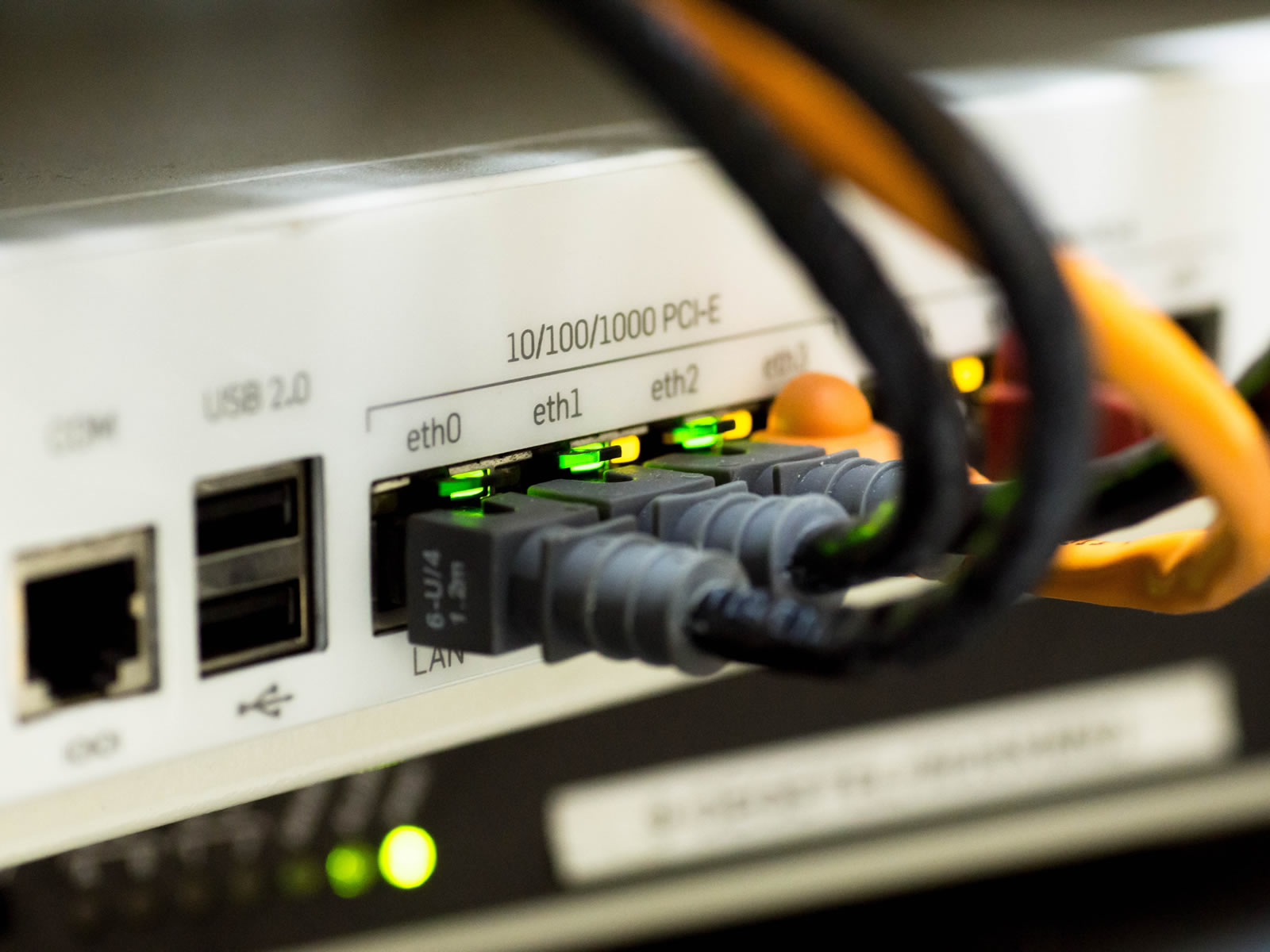What are upload speeds and download speeds for Businesses?

The need for speed is greater than ever before. Businesses are making rapid-fire shifts to keep up as their customers, employees, and business processes are strained in new ways:
-
More people are working remotely — either full or part-time.
-
More client meetings are happening remotely.
-
More cloud software is being deployed that requires a strong connection to the internet to operate effectively.
The cloud is taking over, and more and more bandwidth is needed. The need is going to continue to increase as more business functions move to the cloud.
If your business relies on connectivity to conduct business (isn't that almost every business nowadays?!?!), you can’t afford slow service. Let's talk about what good business internet speeds should look like moving forward.
Due to the shakeup of workforces and office usage, business internet needs are in flux. Cloud services and video conferencing are straining many businesses internet services.
Companies are requiring faster connections to maintain the perception of professionalism as they engage clients around the world. Slow internet is quickly becoming a sign of a less prepared company. And cable companies are notorious for their slow upload speeds.
To avoid that moniker, here's what you need to know about internet speeds
Speed vs. Bandwidth
Your connection to the internet and how fast you can work depends on two factors — speed and bandwidth.
In fact, the internet speed that you purchase from your provider doesn’t have anything to do with how fast your network works.
-
Bandwidth refers to the amount of data that can be moved per second.
-
Speed measures how fast data moves within your bandwidth.
Think of it like this.
-
Data is all the cars on a road.
-
Bandwidth is the road.
-
Speed is how fast the cars travel on the road.
Cars can increase their speed and reach their destination faster if you have more lanes and fewer cars on the road.
Similarly, your internet will be faster if you have more bandwidth (lanes in the road) and less data (users or applications) traveling that road.









